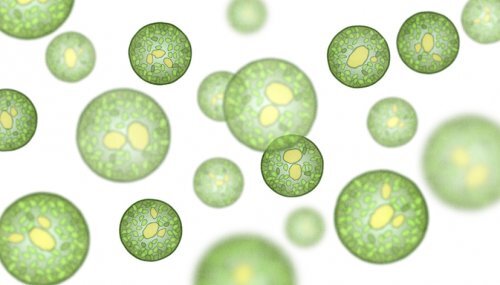Active filtering technology for algae harvesting
The commercial cultivation of microalgae is a rapidly growing industry worldwide. The main technical challenge nowadays is harvesting the microalgae, as centrifugation and classic filtration come with high cost. The University of Antwerp has developed a novel method to enable a more efficient harvesting, based on filtration combined with algae cake removal using a magnet brush. This allows for lower energy consumption, but safeguards high harvesting rates and minimal wear of the microalgae. A functional prototype has already been build, and we are now looking for device manufacturing companies, and companies working in the field of algae cultivation, to bring this method to the market.

Situation before
Microalgae are considered a promising raw material because of their high productivity, efficient use of the cultivation area, the presence of compounds with high nutritional value and valuable complex molecular structure(omega 3, 6 and other unsaturated fatty acids,natural pigments, antioxidants,…), and their ability to convert waste streams (CO2, Nand P-compounds,…) into valuable biomass. The specific properties of the microalgae lead however to major technical challenges. Especially the harvesting is limited by their low mass concentration, the need to recycle the cultivation medium, the small dimensions of the microalgae, their fragile and sticky nature, and the low difference in density between the algae and the medium. Classic filtration consumes a lot of energy and causes blocking and fouling of the pores. Cross-flow filtration is a better alternative, but high pressures are required and frequent back flushes are therefore needed to ensure that the pores are not blocked. Other alternative harvesting methods have been investigated, but did not lead to a breakthrough. These drawbacks lead to high process costs and therefore the market of microalgae is nowadays still focused on high added value products.
Technology offer
A novel method for microalgae harvesting has been developed at the University of Antwerp, and a functioning prototype has been build. The method is based on filtration combined with removal of the algae cake using a rotating magnetic brush. During filtration, the formed algae cake is removed from the filtration membrane by a virtual brush, created by the combination of a rotating surface, magnetic fields and magnetic carrier beads. The advantages of this setup are the preservation of a high flow rate, less impact compared to other removal techniques,leading to less wear of the microalgae, and less destructive conditions regarding pressure and temperature. In full operation, a 2-4 times cost reduction is estimated. This enables costeffective harvesting of the microalgae, providing new application domains.
About the researchers
The technology was developed at the BIOGEM group of the University of Antwerp, led by prof.Serge Tavernier. The research of the BioGEM group is directed towards sustainable solutions with a strong focus on industrial application. Research is situated in 3 distinctive domains: water technology, industrial bioprocesses and green chemistry & materials.
IP-position
A priority application on this technology was filed on April 13, 2017 under number EP17166645.
More information
University of Antwerp
Valorisation Office
Middelheimlaan 1
2020 Antwerpen - Belgium